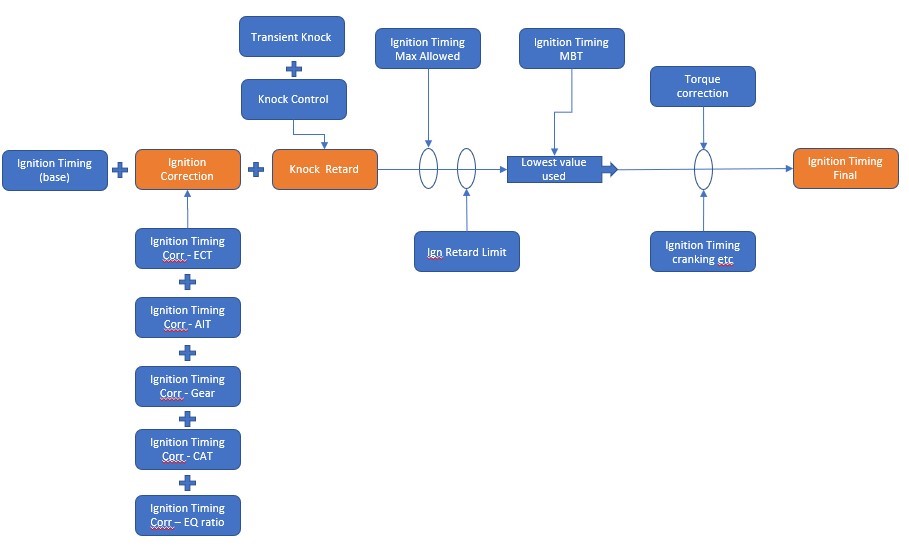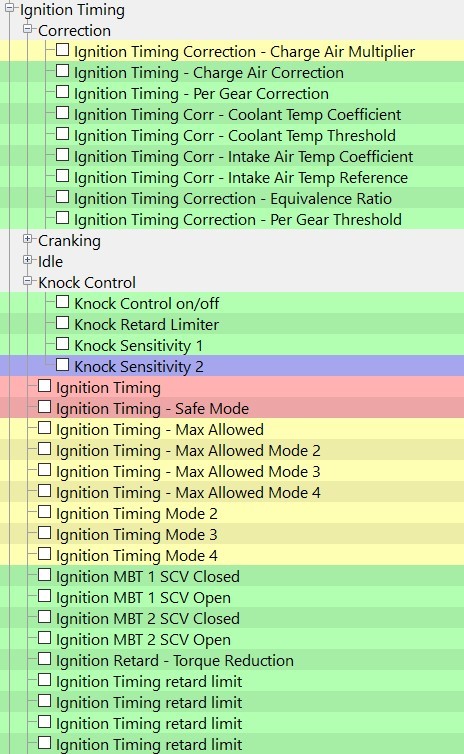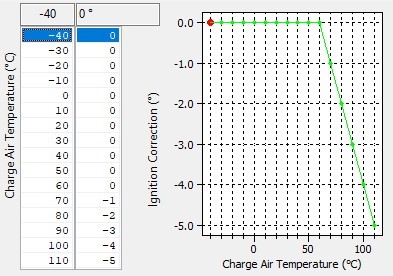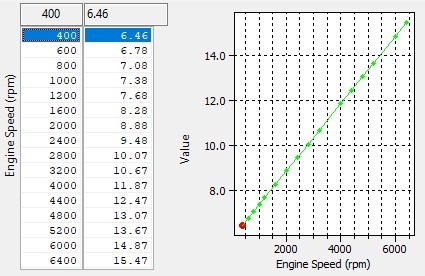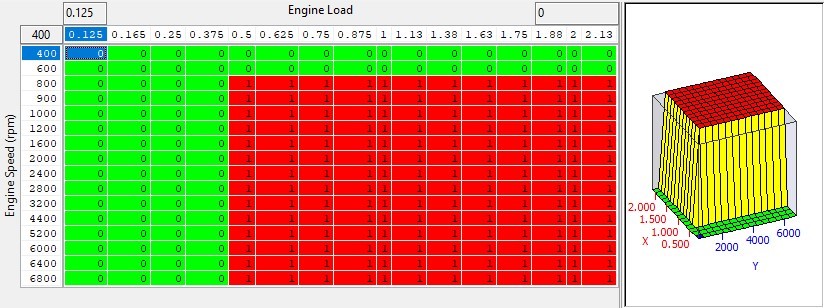/
VR30DDTT Ignition Timing
VR30DDTT Ignition Timing
Live Data Parameters
- Ignition Timing Base (°) – Current base ignition timing in degrees BTDC, negative means ATDC
- Ignition Timing Base lookup (°) – Current ignition timing map output in degrees BTDC, negative means ATDC
- Ignition Charge air correction (°) – Current ignition timing correction for CAT degrees
- Ignition Final (°) – Current actual ignition timing in degrees BTDC, negative means ATDC
- Ignition MBT (°) – Calculated MBT ignition timing in degrees BTDC for use in Torque Calcs and max Limits
- Ignition Timing (°) – Current actual ignition timing in degrees BTDC, negative means ATDC
- Ignition Timing Correction (°) – Ignition timing correction amount
- Knock Retard (°) – Offset due to knock, negative is retard, positive is dynamic advance on GEN 2
Knock Control
Related content
VR30DDTT Fuel System
VR30DDTT Fuel System
More like this
GT-R ProECU Tuning Guide
GT-R ProECU Tuning Guide
Read with this
Nissan/Infiniti VR30DDTT Tuning Guide
Nissan/Infiniti VR30DDTT Tuning Guide
More like this
VR30DDTT RaceROM Versions
VR30DDTT RaceROM Versions
Read with this
VK56VD (Patrol, Titan, Armarda) RaceROM Guide
VK56VD (Patrol, Titan, Armarda) RaceROM Guide
More like this
VR30DDTT RaceROM Flex Fuel
VR30DDTT RaceROM Flex Fuel
More like this

